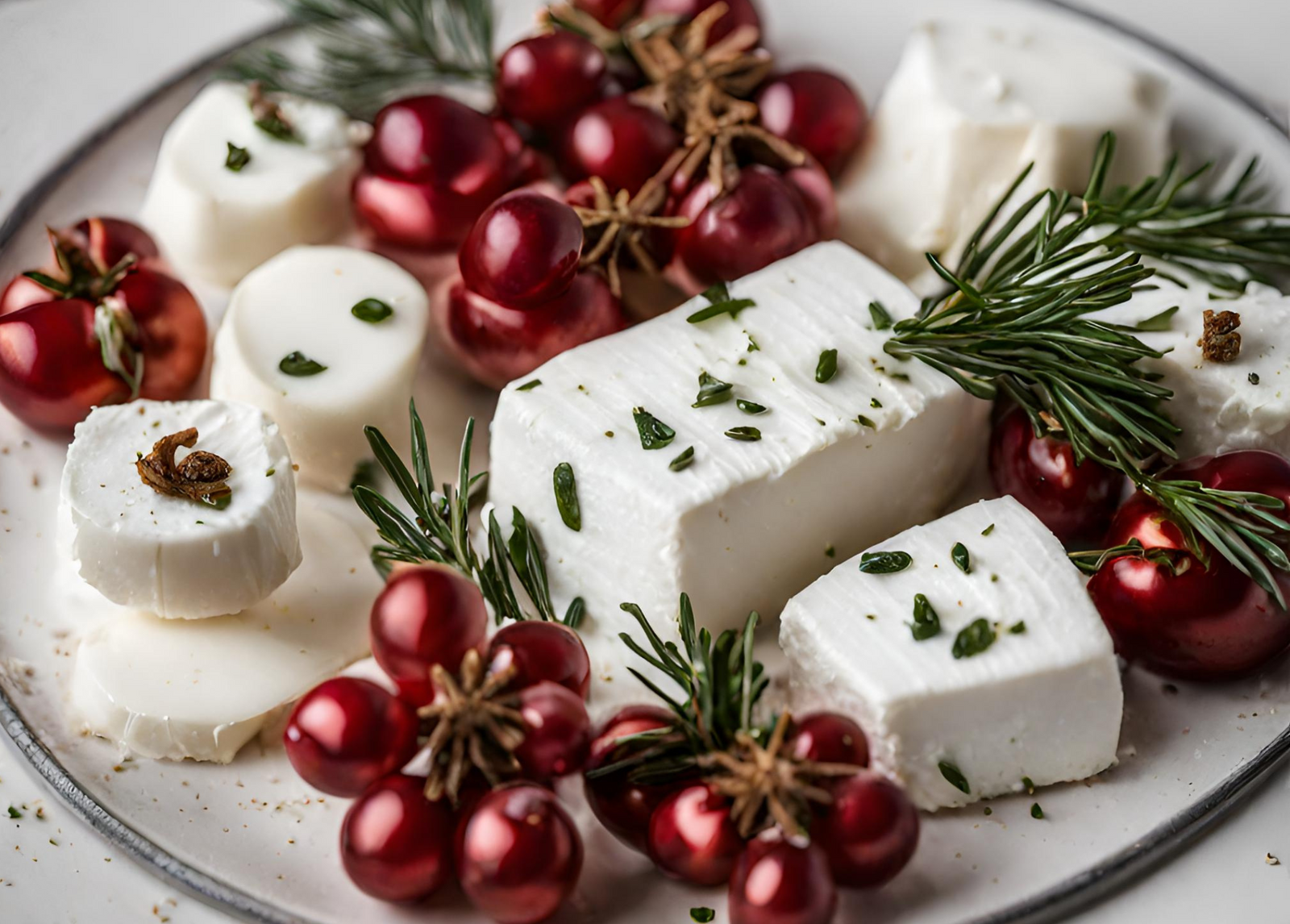Your Cart is Empty
HOLIDAY SALE ON NOW - GET AN AUTOMATIC 15% DISCOUNT ON CHECKOUT
HOLIDAY SALE ON NOW - GET AN AUTOMATIC 15% DISCOUNT ON CHECKOUT
HOLIDAY SALE ON NOW - GET AN AUTOMATIC 15% DISCOUNT ON CHECKOUT

October 16, 2022 3 min read
You may have heard us talk about unhomogenized milk a lot in our blog post so we wanted to take a moment and teach you the difference between milk and cream. Milk and cream both are similar dairy products, but they are not the same. Milk has low fats, whereas cream is made out of milk but contains more fat than milk.
Milk is a universal dairy product used to make sweet dishes and many curry and gravies for well-known dishes as well as regular routine-based dishes too. Milk is a universal asset for making many protein and calcium-rich dishes.
Milk is a liquid that is reached in nutrients that are produced from the mammary glands of mammals like a cow, buffalo, and goat. Milk comprises many nutrients like lactose and proteins. Because of this milk often has more nutrients compared to cream. Now there are many different types of milk such as whole milk, cream-on-top, 2% milk, no creak, etc. Not all of these can be used for cheesemaking but each of them has similar characteristics and is sourced from animals.
Evaporated milk and sweetened condensed milk are canned milk products that can be somewhat confusing. Evaporated milk is shelf-stable milk from which about 60 percent of the water has been removed.
Evaporated milk comes in regular, low-fat, and fat-free (or skimmed) varieties. If you substitute evaporated milk for regular milk in a recipe, it will be richer and creamier. You can dilute the evaporated milk 1-to-1 to equal the creaminess of whole milk.
Sweetened condensed milk is also canned shelf-stable milk. The difference between evaporated milk and sweetened condensed milk is the sugar. A significant amount of sugar is added to the sweetened condensed milk, which makes it an essential ingredient in many candies and baked goods. The sugar also gives it a longer shelf life.
The cream is the topmost layer of milk which comprises the buttery layer with more fat compared to milk. The cream is used in soups and gravies to make them thicker and give a creamy, savoury texture to different-different types of dishes around the globe. The cream has fewer nutrients compared to milk.
But some people want to have but with no fats or fewer fats, which is why even cream has now updated its standard. And now it comes in different standards like low-fat cream, no fat cream,etc.
Comments will be approved before showing up.

December 19, 2024 2 min read

December 05, 2024 2 min read
Sign up to get the latest on sales, new releases and more …